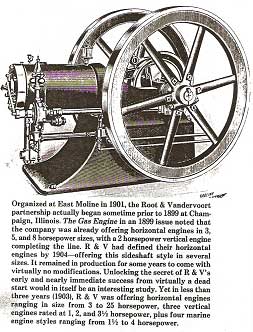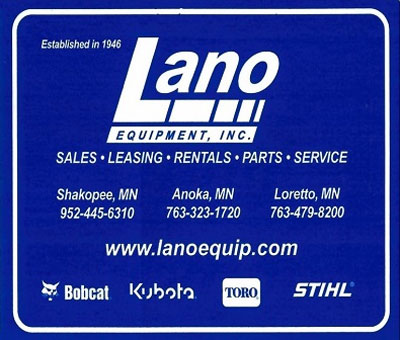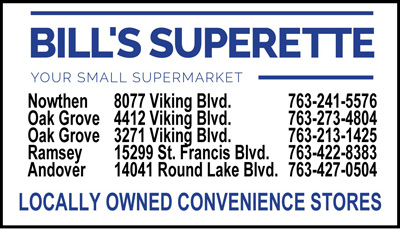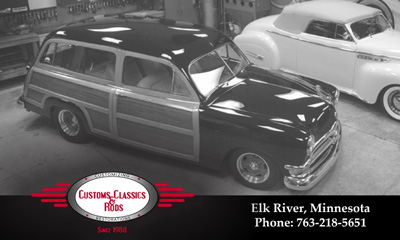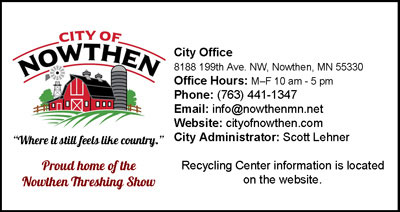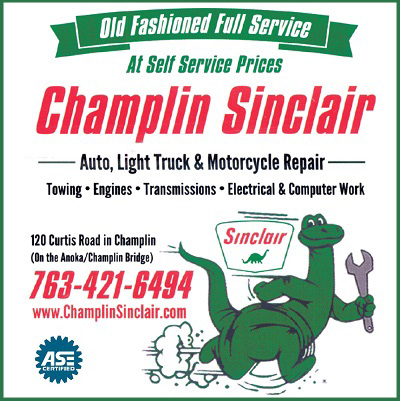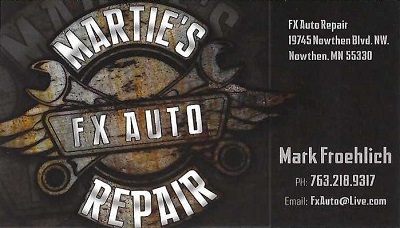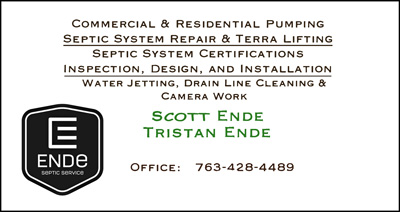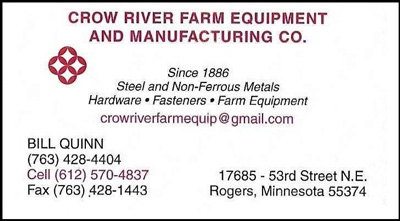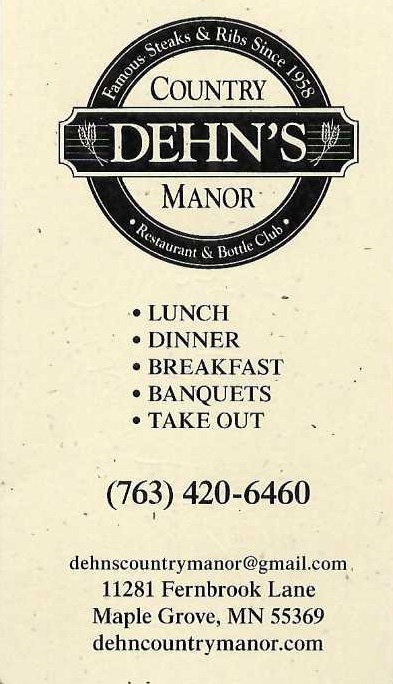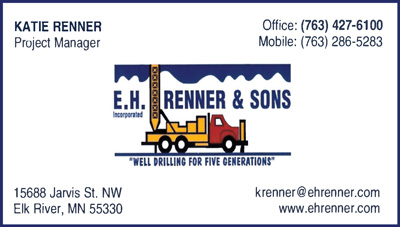Nowthen Threshing Show Features Root & Vandervoort Engines
August 21 - 23, 2009
History taken from: American Gasoline Engines Since 1872 by C. H. Wendel
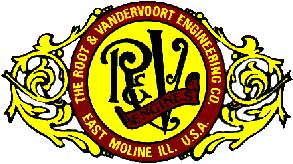 Incorporated on June 7, 1900, R&V Engineering Company set up shop initially at Champaign, Illinois. Within a few months the company moved to East Moline, opening a small factory on Ninth Street in that city. All production came from the Ninth Street shop until 1907 when the company bought a large tract of land and built a new factory.
Incorporated on June 7, 1900, R&V Engineering Company set up shop initially at Champaign, Illinois. Within a few months the company moved to East Moline, opening a small factory on Ninth Street in that city. All production came from the Ninth Street shop until 1907 when the company bought a large tract of land and built a new factory.
Almost from the start, R&V sold at least a portion of its output through a Deere Company subsidiary, Deere & Webber Company of Minneapolis, Minnesota. This early association with Deere was undoubtedly a factor in the company's success, since the entire Deere sales organization was at its disposal. As each year passed, more and more Deere branch houses took on the R&V line, with the company finally contracting for their entire output in late 1912. For the next several years, virtually all R&V engine sales were made through John Deere implement dealers.
About 1915 R&V first became interested in building automotive engines. In 1917 R&V merged with Moline Automobile Company to build Moline-Knight cars. This closely coincided with Deere's formal entry into the gas engine and tractor business through their 1918 purchase of Waterloo Gasoline Engine Company of Waterloo, Iowa. Everything seemed to work out just right - R&V was apparently losing interest in the farm engine business, and with Deere's new acquisition they no longer had any need for farm engines from R&V.
The R&V connection with Knight makes an interesting piece of history in itself. Charles Y. Knight developed his first sleeve valve engine in 1903. During the next few years he improved on the idea and attempted to sell shop rights to any manufacturer who would listen. Getting nothing but a cold shoulder to his ideas, Knight went to Europe and quickly made a deal with Daimler Company in England. Subsequent success on the Continent finally brought the Knight engine to the attention of American builders. During 1910 he unsuccessfully tried to sell the idea to Packard, among others. Finally in 1911, Knight was able to license F. B. Stearns Company of Cleveland; Stoddard-Dayton of Dayton, Ohio, and the Columbia people at Hartford, Connecticut. Atlas Engineering Company, also of stationary engine fame, got into the act during 1914, Lyons-Knight automobile. Finally, Edwards-Knight Motor Car Company of Long Island, New York, disposed of their Knight shop license to John Willys. Soon thereafter, Willys obtained control of Moline Plow Company, and with it, control of their automotive enterprise known as the Stephen Salient Six, among others.
Moline Automobile Company for their part, had apparently picked up a Knight license as early as 1914, with R&V probably doing the actual manufacturing. The 1917 merger of these two firms only strengthened their market position. Until November, 1920, all Knight engine production continued at R&V Engineering Company. At that point, R&V Motor Company was formed for the sole purpose of manufacturing Knight engines and automobiles - both the Engineering Company and the Motor Company were under the control of R&V Corporation, but R&V Engineering Company controlled the corporation.
In addition to their entry into the Knight engine business, along with building their own Moline-Knight automobile (later known as the R&V Knight), the company also produced some of the engines for the Stephens Salient Six automobile produced by Moline Plow Company. The interrelationship between these various firms becomes so thoroughly complicated at times that separating one from the other becomes nearly impossible, yet each appears to have functioned as a totally separate and individual corporate entity.
During 1923 R&V Motor Company sold its four cylinder engine business, leased part of the factory, and gave an option on the entire plant to Yellow Sleeve Valve Engine Works with headquarters in Chicago, Illinois. Apparently this was a subsidiary of Yellow Cab Manufacturing Company of the same city. Present information would indicate that Yellow-Knight engines were produced until 1928. After R&V Motor Company had divested itself of all these individual product lines, only the six-cylinder automotive engine line remained as a major product. Eventually, this too came to naught.
